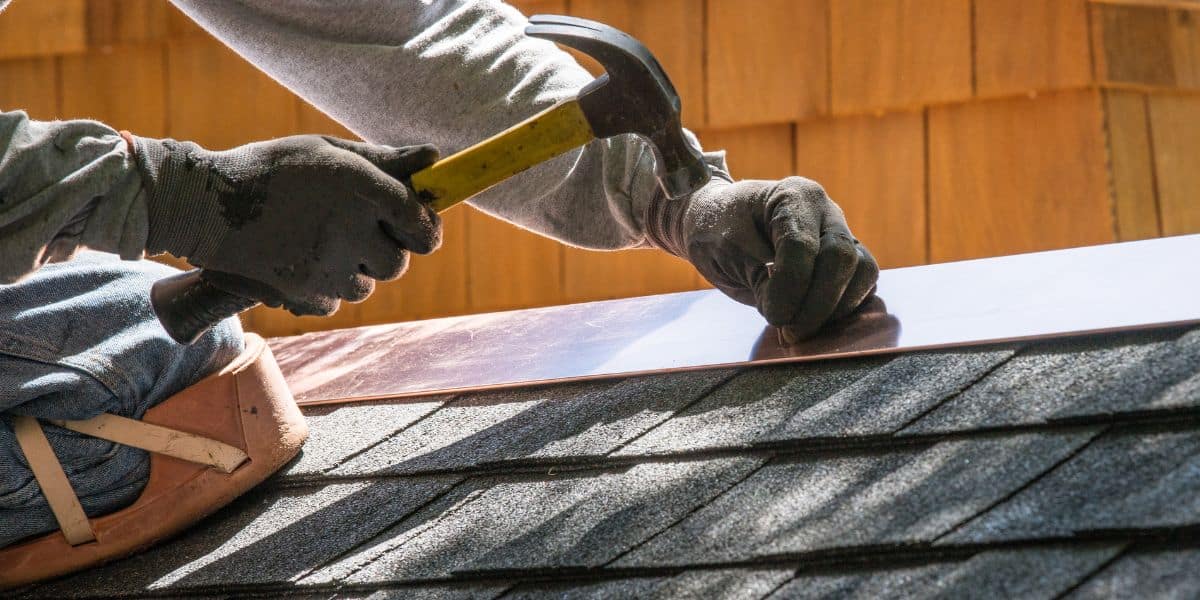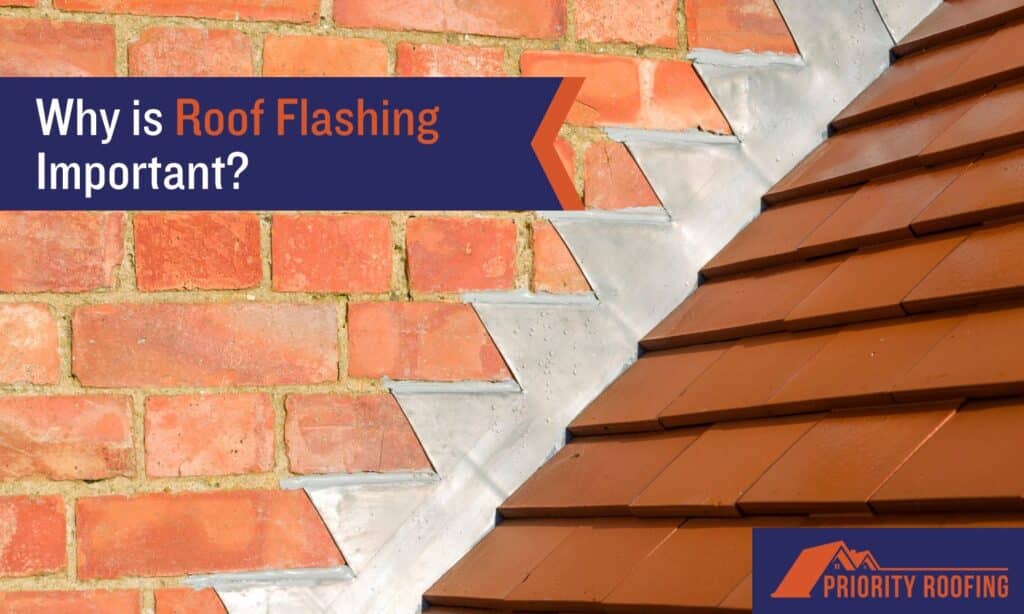Roofs are much more than you see on the outside. Every piece must fit into the correct place in order to seal the roof properly.
Roof flashing is a crucial part of the roof. What is it and why is its importance important?
This article will explain everything you need know about roof flashing.
We will address the following questions:
- What is roof flashing?
- Why is roof flashing so important?
- What are the various types of roof flashings?
- Is roof flashing replaced when a new roof is installed?
- Roof flashings need to be maintained
What is a roof flashing?
Roof flashing is a metal strip that diverts water from your roof. Roof flashing is usually made of aluminum, steel or copper.
Steel is the most popular metal because it is durable and affordable. Copper is a great option for an upgrade. It’s durable and looks good, but it’s more expensive.

Why is roof flashing so important?
Roof flashing is essential because it protects areas that are prone to leaks. A leak will happen if flashing is not installed where shingles rub up against an object (such as a chimney, wall or open roof valleys).
As long as the metal is installed correctly, the problem areas won’t leak for the lifetime of the material. Roof flashing is therefore a vital component of every roof.
What are the various types of roof flashings?
There are many roof flashing, just as there are different types of metal. The type of flashing that is used will depend on the location where it is being installed.
The four most common types are listed below.
Step flashing
The main purpose of step flashing is to protect the walls and chimneys. The flashing is placed under each shingle to stop water running down the wall.
This type of flashing has been called “step”, because it is installed in steps. Installing a shingle first, followed by a flashing piece, another shingle and then flashing is done until the wall has been completely protected.
Counter flashing
Also, counter flashing can be used for walls and chimneys. This type of flashing can be sawed in to an existing mortar joint, with the metal extending over the brick.
Counter flashing can also be installed in a similar way to step flashing. Counter flashing is visible, unlike step-flashing.
Apron flashing
The apron flashing is attached at the base if a wall, or a penetration. The L-shaped flashing can reach up to 14 feet long to fit at the base of a wall or penetration.
You can also use it around dormers, to stop water getting behind walls or into windows.
Open Valley Flashing
In most cases, valleys on the roof will be sealed. If you have a premium roofing system (cedar shingles, synthetics shingles, slate etc.) then the roof valleys will be closed. You’ll end up with open roof valleys, because they cannot bend to “close”.
Metal valley flashing is needed to stop water from getting under the roofing material. This type of flashing runs the entire length of each open roof valley.
Is roof flashing replaced when a new roof is installed?
Roof flashing will outlast most roofing materials on many roofs. Does that mean it doesn’t need to be replaced when you replace your roof?
When you get a new roof, a reputable roofing contractor will recommend that your roof flashing be replaced. It’s to ensure that everything ages at the same pace, so you won’t need to worry about future leaks.
There are only a few instances in which old roof flashings can be reused. Even if this is possible, I recommend that you replace your roof flashing along with your other roofing materials and components.
Be aware that some roofers leave it out of their estimate in order to reduce their prices. When getting a new roofing, expect to have your roof flashing replaced. This will protect your investment and keep it safe.

Roof flashings need to be maintained
Roofs need maintenance for the duration of their life. There are many things to check, but flashing is the most important.
It’s important to check that the roof flashing still works properly, the metal is intact, and the roof is not rusting. Simple roofing inspections can catch flashing issues before they occur.
You can save thousands of dollars in interior damages and expensive roof repairs by avoiding this.
What else can be replaced when a new roof is installed?
You now know what roof-flashing is, how important it is, and the different types. It’s also clear why roof-flashing must be maintained. Roof flashing is essential and should be replaced when you get a new roof.
Roof flashing is a vital roofing component. However, it’s only one part of the puzzle. As I mentioned at the start, there are many components that go into a residential roofing system. Each one is equally important.
Roofers who are not professional will use this tactic to lower their prices by excluding certain materials and components. You should not only avoid this, but also know what you are paying for.

